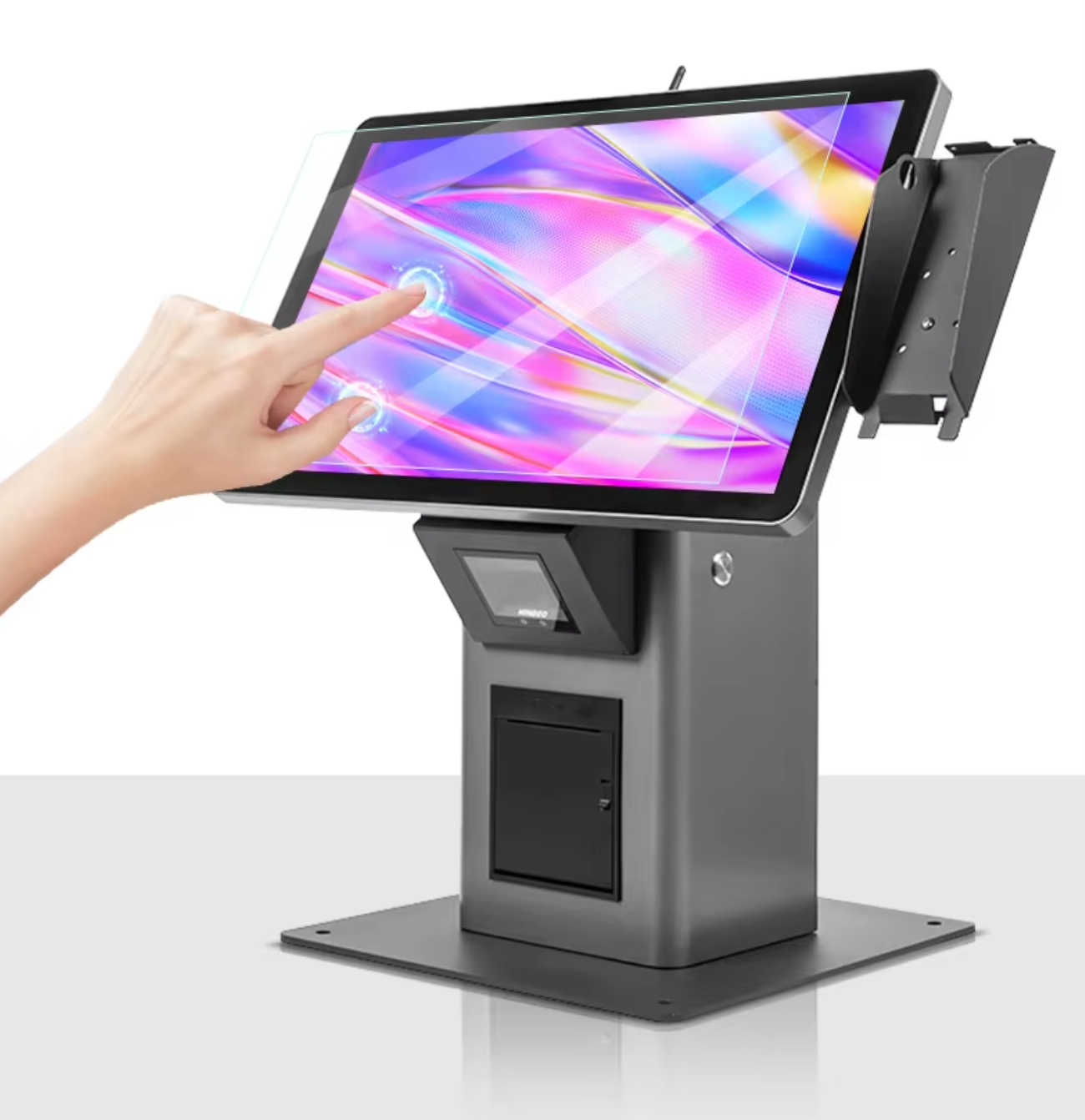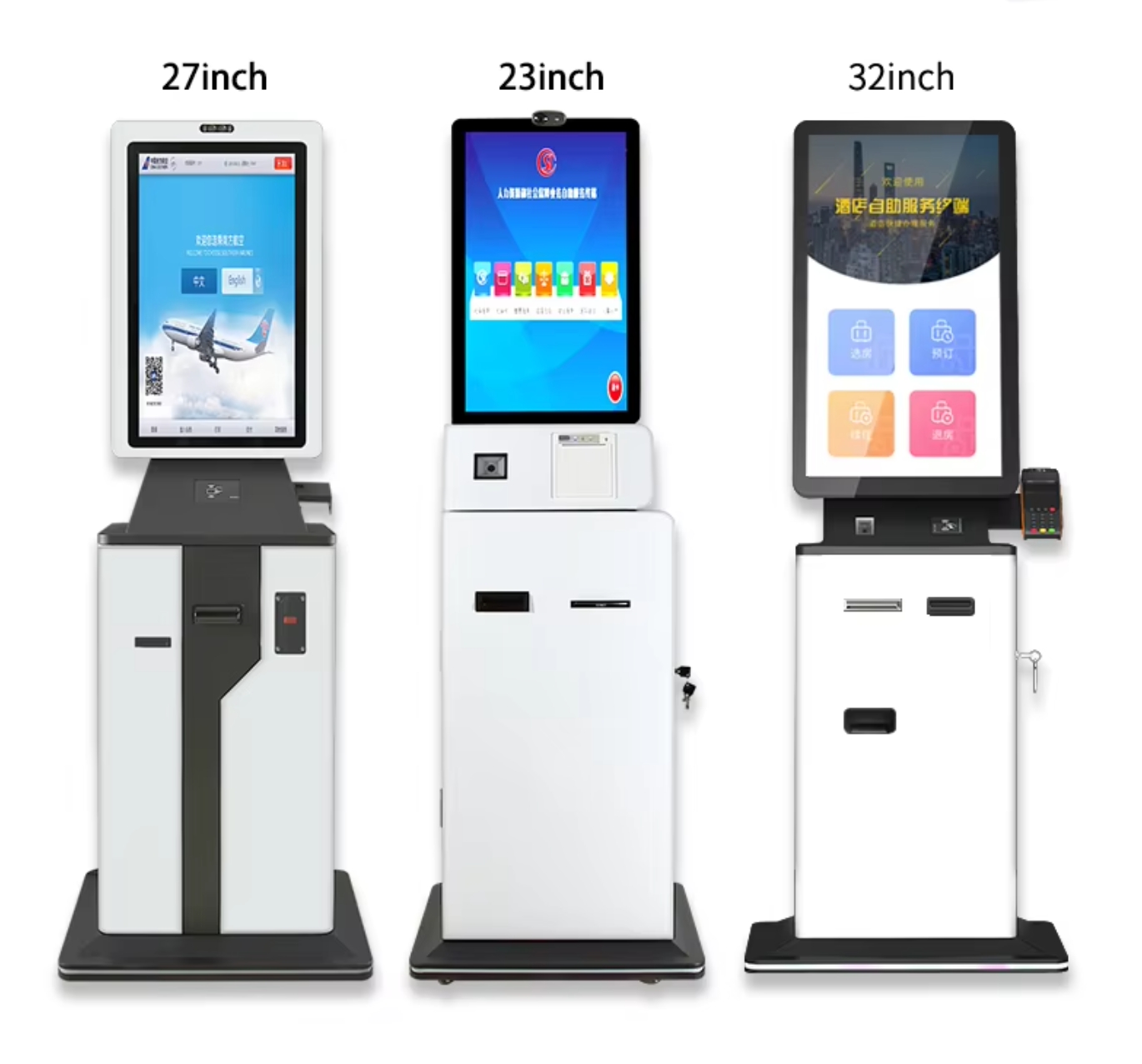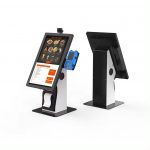In today’s fast-paced world, self-service kiosks are changing the way we interact with businesses. From dining out to flying across the country, these touch-screen wonders are making life simpler, faster, and more efficient. Let’s take a look at how these kiosks are popping up in all kinds of industries, revolutionizing the customer experience one tap at a time.
Self-service kiosks are rapidly becoming a fixture in a wide variety of industries, providing a convenient and efficient way for customers to handle tasks independently. One of the most common places these kiosks are seen is in restaurants. Whether it’s a fast-food chain or a sit-down restaurant, customers can browse the menu, place their order, and pay—all without needing to interact with a server. This not only speeds up the process but also allows customers to skip the wait, making the dining experience much more efficient, especially during peak hours.

In the airline industry, self-service kiosks have revolutionized the check-in process. Travelers can avoid long lines by checking in for their flights, selecting their seats, and printing boarding passes all by themselves. This streamlines the airport experience, giving passengers more control and minimizing delays. By using kiosks, airports can also free up staff to assist with more complex tasks, improving the overall efficiency of the airport environment.
In retail, self-service kiosks are enhancing the shopping experience by allowing customers to browse products, check out, or even request assistance without waiting in line. Whether in a large department store or a small boutique, kiosks provide a seamless and fast way to shop. This feature is particularly useful when customers are in a hurry or want to avoid the inconvenience of crowded checkout counters.
The healthcare industry is also benefiting from self-service kiosks, particularly in doctors’ offices, clinics, and hospitals. Patients can check in for appointments, update their medical information, or make payments with ease, without the need to stand in long queues. By handling administrative tasks independently, patients can save time and get more personalized attention when it’s time to see the doctor. These kiosks help streamline the healthcare experience and reduce wait times for everyone.
In parking lots, self-service kiosks are becoming increasingly common. Drivers can pay for parking, check for available spaces, or validate their tickets without interacting with an attendant. This not only speeds up the process but also improves the overall flow of traffic in busy parking areas. By automating these tasks, parking lot operators can reduce the need for on-site staff while still providing a smooth, efficient service for customers.

Finally, government services are using self-service kiosks to simplify public processes. Whether it’s renewing a driver’s license, paying taxes, or applying for permits, citizens can take care of these tasks quickly and easily without the need to wait in line. Self-service kiosks make essential services more accessible and less stressful, allowing the public to handle their business at their convenience, while also improving the efficiency of government operations.
As industries across the board embrace self-service kiosks, customers are reaping the benefits of quicker, more efficient services. Whether it’s ordering a meal, checking in for a flight, or handling public services, these kiosks are not just convenient—they’re reshaping how we engage with the world around us, making every experience smoother and stress-free.

